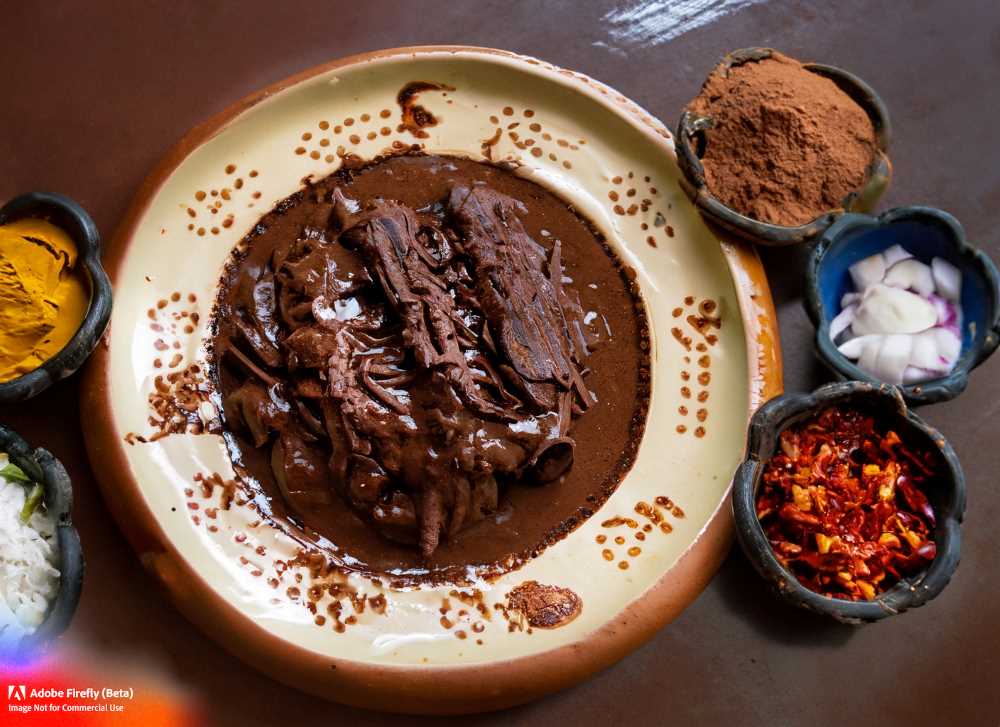How Traditional Mexican Dishes are Making a Comeback in Modern Cuisine
Explore the diverse and complex world of Mexican cuisine and culture beyond just tacos and tequila. From traditional dishes to contemporary fusion cuisine, festivals, and street food, there is something for everyone.

Mexico is a country known for its vibrant culture, rich history, and flavorful cuisine. While most people associate Mexican cuisine with staples like tacos, burritos, and tequila, the country's culinary landscape is far more diverse and complex than most people realize. In this article, we will explore the many facets of Mexican cuisine and culture, from the traditional dishes of different regions to the contemporary food scene in major cities.




